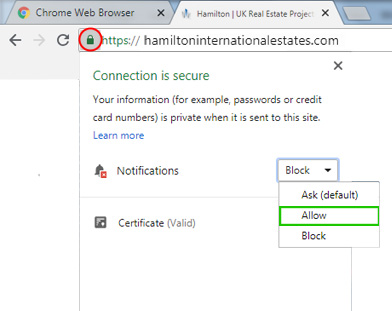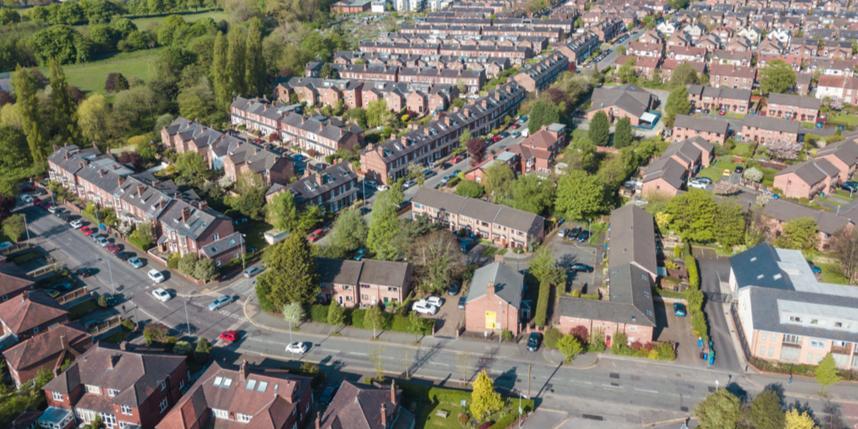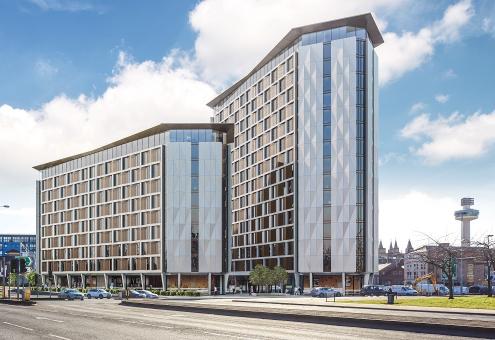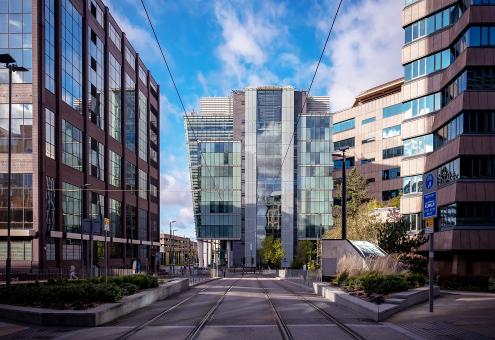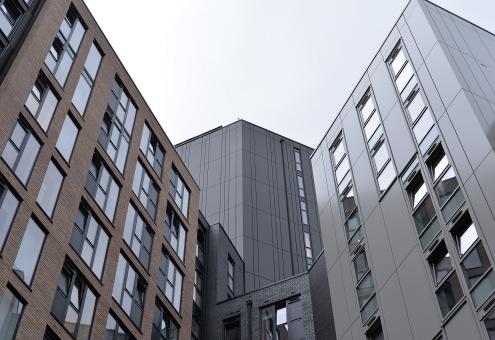RICS Predicting Rents Could Rise 15 Per Cent By 2023
07 Feb 2019
RICS Homebuyer Report
Affordability issues in the housing market due to certain government policies, e.g. stamp duty and inaccessibility of mortgage, hit the mid-to-top end housing markets where the highest impact is visible in the capital city, and even other regions are picking up.
Rents increased in many parts of the country, where Edinburg witnessed the highest rent hikes in the last few years. In 2008, the average rent for all types of property in the city was approx. £747, and after ten years, the rent is £1,062. Meanwhile, rents in Glasgow grew from £567 to £749.
Homelessness is growing in Britain. In 2018, 77,000 households were living in temporary accommodations. Falling wages and low construction further reduced the affordability of many such home seekers.
The number of people in need of homes is increasing each year, and the government is spending over £2m a day on temporary accommodations – as there are no long-term solutions for the problem to the RICS homebuyer report.
Mounting Green Lands In The UK
The government may have to rethink the green belt, which has turned into brownfields in many regions with no environmental value. In addition, many warehouses, petrol stations, railway sidings, and other unused lands are of no use to the community.
As per ONS data, the country has one of the lowest built per capital environments in the EU, where only 2 per cent is concrete, and 98 per cent is natural land.
Hamptons claims if the green belt around 80 railway stations is recreated into homes, it can provide 509,000 homes to Britain. Many other studies support such constructions, where strategic developments on green lands can increase supply and reduce unaffordability issues.
Policies Needed To Resolve Shortage
UK housing issues started in 2008 when the sector continued to undergo a series of changes, basically determined by choices made by the buyers and the policymakers.
In 1971, the price of homes was three times the average salary, but now the price is seven times the average salary of people, and the deposit needed to buy a home has increased 10 per cent in the year. From 2001 to 2007, the home price gained exponentially, but the salaries did not increase at the same ratio.
The problem became prominent in the 2008 post-recession phase, and now the buyers face an unaffordability issue. Scottish government claimed over 80,000 affordable homes had been delivered since 2007, while, in 2018, a 19 per cent increase in social renting homes was reported when 5,340 new homes were provided. The population has now grown to 400,000, three times the population in 2001.
Though the housing stocks need to meet the growing house demand, developers are not producing affordable homes for the low-income buyers; instead, they are investing in luxury projects, and the government needs to make sure the projects on greenbelts are planned in a way to promote affordability.
Strategy to build homes close to workplaces or cities, supported by relevant infrastructure, can enhance supply and RICS.
To maintain the greenbelt and handle the housing crisis, homes should be constructed using higher environmental standards and in the right place.
To know more about UK properties, click Hamilton International Estates (www.hamiltoninternationalestates.com
Categorised in: All News
